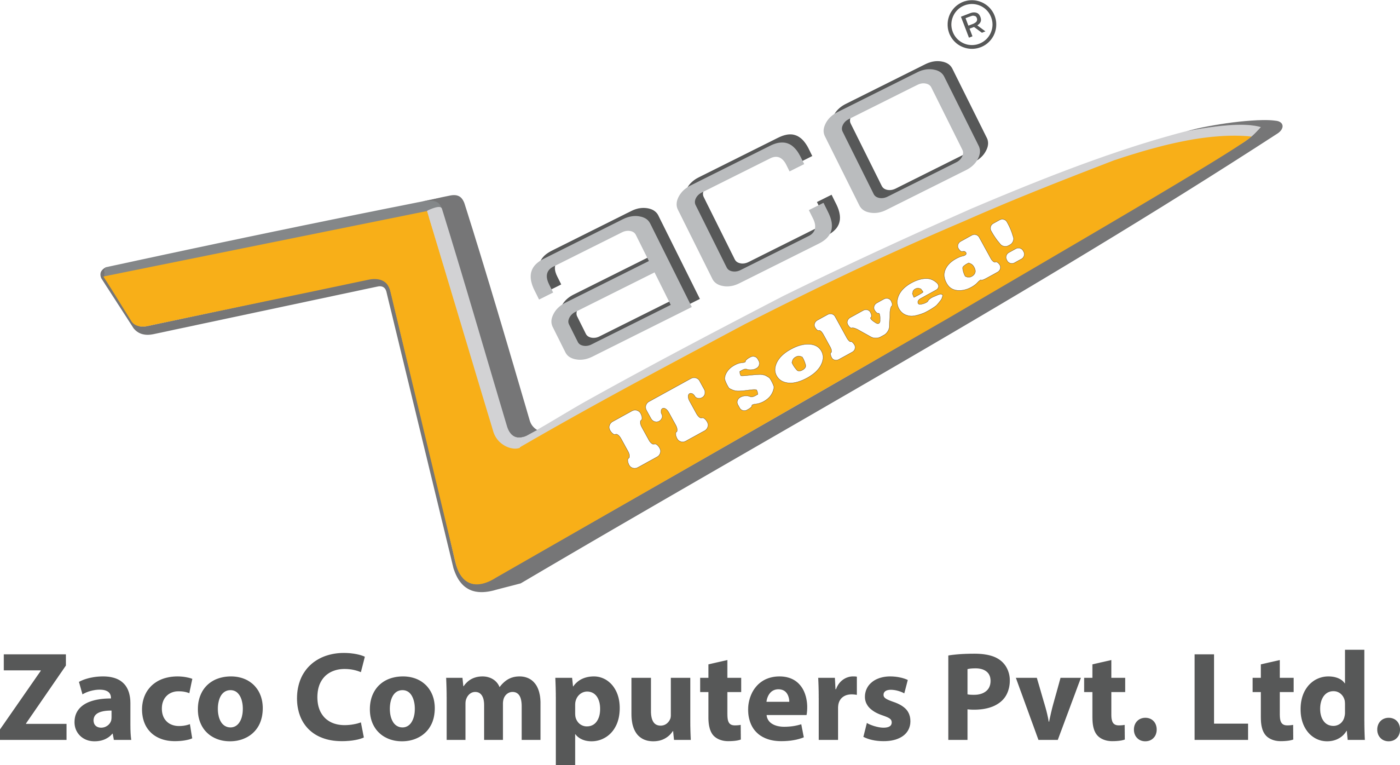Once a home company has scaled beyond a few employees, this is likely an ideal opportunity to acquire a server PC for the workplace. Depending on the specific situation, the term “server” can refer to the server equipment, programming, or utility of both.
Most servers and workstations have sufficient standard memory from the production plant. In any case, most organizations will “just” not do business. Updating the memory in your hp server memory will guarantee that system forms run easily and adequately with no slack. Extending the server memory limit of your system is a financially smart approach to supporting performance and lifespan. Most of our server memory modules have been professionally tested, are guaranteed to be of unshakable quality, and come with our 30-day Elite Warranty.
The most effective method to pick the correct server memory is based on the activity for which the server is utilized:
Things are as they are, returning to the underlying question: what is your server actually going to do? A company buys a server to handle at least one specific task:
- Share resources with a log server or an expanded computer (NAS) through a nearby organization or as so-called private distributed storage. Look for a variety of hot-swap drive covers and configurable hardware / RAID programming alternatives. A low control CPU should do the trick.
- Confirm an area. User name, password, access levels and security settings are located on an assigned server PC or a system switch. It is called a Space Controller (DC) in Windows Server and is used to manage Active Directory (AD).
- Providing database services to different servers. Applications and sites are based upon a database “back end” which is put away without any server, or server segment. Improvement and non-client particular tasks like information examination, mining, chronicling, and capacity utilizing Oracle, MySQL, MS Access, and so on.
- Hosting a site with a web server. When talking about web servers, keep in mind that there are two packages: an HTTP server (front end) and a database server (back end), a pair that either work within a similar computer server or two servers tied together. Website development today comprises the latest technologies that require a good web hosting service for including all the file resources on the webserver.
- Provide email services with a mail server. Informing clients such as Microsoft Exchange uses certain conventions (SMTP, POP3, and IMAP) to send and receive messages. Every IT software solution requires a different amount of server storage and the corresponding server memory for a business server, depending on the amount of work.
- Control shared companion devices much like a printer. The specifications under control do the job. You can use an old PC as HP server storage if you have one.
- Co-program execution on an application server: Combining applications on your local system improves performance in busy conditions, makes updates less demanding, and reduces the total cost of ownership to maintain the use of device mappings for efficiency.
Last considerations
Plan five years in advance as you evaluate your server memory needs. It is a cash abuse to hit your base before the end of your life. If you choose a commercial server, a workstation, especially the first one, can enhance the way experts complete their projects or become potential servers. If they don’t have enough bearing sumps, you may need to quickly buy another machine with a lot more straight lines. You can maintain a strategic distance from overpayments and office bottlenecks by essentially letting your association’s information space evolve. For ensuring that work is not hindered and everything goes on smoothly, good server memory is a must for any server procured from your end.

